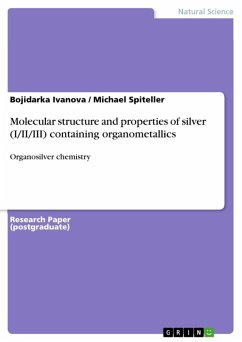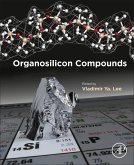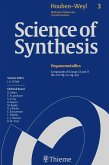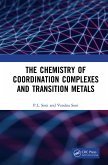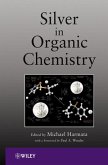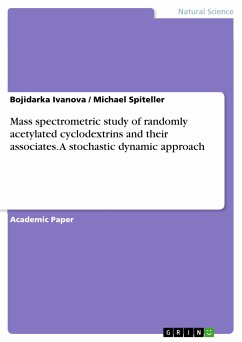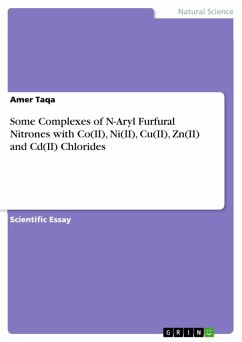Research Paper (postgraduate) from the year 2011 in the subject Chemistry - Anorganic Chemistry, TU Dortmund (Fakultät für Chemie und Chemische Biologie, Institut für Umweltforschung, Lehrstuhl für analytische chemie), language: English, abstract: Despite a tremendous number of books, monographs, textbooks and review-articles devoted to "organometallic chemistry", the largest part of those contributions have been designed into following structure of the content: (i) Manuals, handbooks and encyclopedias summarizing important organometallic reagents in the organic synthesis; (ii) Books, containing synthetic protocols for obtaining of organometallic reagents; and (iii) Manuals on basic organic reactions catalysed by organometallics. However, there are scarce efforts devoted to studies of reaction mechanisms, physical and chemical properties and structure of organometallics. Furthermore the largest part of available literature has been organized to serve educational needs of undergraduate and graduate students at different areas of chemist including inorganic, organic and/or physical chemistry, so that it has textbook (or a mixing) style, rather than to represent monographs on advances in organometallic research. In this context, our book firstly in the literature has treated experimental and theoretical contributions in understanding reaction mechanisms, involving organosilver reagents as well as molecular structure and physical properties, focusing attention on chemical aspects of nature of C-M bond and role of coordination environment of inner coordination sphere of metal ion to effectiveness of mediated organic reactions from a coordination chemistry point of view, rather than to review available chemical reactions. Thus highlighting the main goal of this book to serve as a useful source of information about those molecular factors and properties governing the usefulness of those chemical classes to organic synthesis, which is important for further molecular design of new intermediates having enhanced synthetic efficiency, high enantioselectivity at mild experimental conditions.
Dieser Download kann aus rechtlichen Gründen nur mit Rechnungsadresse in A, B, BG, CY, CZ, D, DK, EW, E, FIN, F, GR, HR, H, IRL, I, LT, L, LR, M, NL, PL, P, R, S, SLO, SK ausgeliefert werden.

